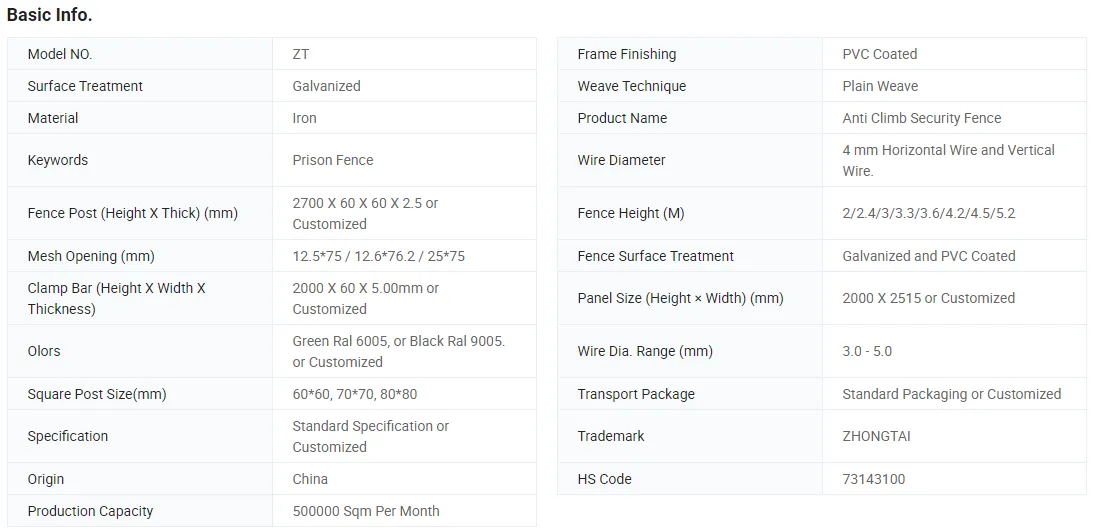1 月 . 09, 2025 12:28
Back to list
types of expanded metal mesh
Expanded metal mesh is a versatile and widely used material, with its functionality extending into various industries. It serves numerous purposes, largely due to its durability, strength, and adaptability. Understanding the different types of expanded metal mesh is crucial for making informed decisions regarding its application. Each type is specifically engineered to cater to specific requirements, driven by industry standards and individual project needs.
Grating expanded metal is designed for heavy-duty applications. It is engineered to withstand substantial loads without compromising on safety, making it perfect for platforms and stair treads. Its open design allows for efficient drainage and air circulation, which are critical in specific environments such as factories or chemical plants, enhancing the working conditions and safety. Decorative expanded metal, as the name implies, is primarily used for aesthetic purposes. This type of mesh is available in various patterns and finishes, which designers and architects leverage to bring creative visions to life. It finds applications in interior decoration, partitions, and fencing where both functionality and visual appeal are desired. Material choice is equally vital, affecting performance and longevity. Common materials include steel, aluminum, and stainless steel, each offering distinct benefits. Steel meshes are known for their strength and are cost-efficient. Aluminum is lightweight and corrosion-resistant, perfect for exterior applications. Stainless steel offers the best resistance to corrosion and is often used in environments where hygiene is a priority, such as food processing facilities. Selecting the appropriate type of expanded metal mesh is a task that calls for a deep understanding of the project requirements. The right choice can significantly impact the effectiveness, safety, and aesthetics of the final application. As technologies advance, the innovation in mesh design continues, contributing to a broad array of possibilities that cater to both established and emerging industry needs. By staying informed about these developments, stakeholders can maintain an edge, implementing solutions that are not only effective but also sustainable and forward-thinking.


Grating expanded metal is designed for heavy-duty applications. It is engineered to withstand substantial loads without compromising on safety, making it perfect for platforms and stair treads. Its open design allows for efficient drainage and air circulation, which are critical in specific environments such as factories or chemical plants, enhancing the working conditions and safety. Decorative expanded metal, as the name implies, is primarily used for aesthetic purposes. This type of mesh is available in various patterns and finishes, which designers and architects leverage to bring creative visions to life. It finds applications in interior decoration, partitions, and fencing where both functionality and visual appeal are desired. Material choice is equally vital, affecting performance and longevity. Common materials include steel, aluminum, and stainless steel, each offering distinct benefits. Steel meshes are known for their strength and are cost-efficient. Aluminum is lightweight and corrosion-resistant, perfect for exterior applications. Stainless steel offers the best resistance to corrosion and is often used in environments where hygiene is a priority, such as food processing facilities. Selecting the appropriate type of expanded metal mesh is a task that calls for a deep understanding of the project requirements. The right choice can significantly impact the effectiveness, safety, and aesthetics of the final application. As technologies advance, the innovation in mesh design continues, contributing to a broad array of possibilities that cater to both established and emerging industry needs. By staying informed about these developments, stakeholders can maintain an edge, implementing solutions that are not only effective but also sustainable and forward-thinking.
Latest news
-
Turn Down the Noise: The Future of Highway Sound Barriers
NewsApr.09,2025
-
Silence the Sound: The Power of Highway Noise Barriers
NewsApr.09,2025
-
Reduce Road Noise Effectively with Highway Noise Barriers
NewsApr.09,2025
-
Noise-Free Living: How Highway Barriers Make a Difference
NewsApr.09,2025
-
Engineered for Silence: Highway Noise Barriers for Every Road
NewsApr.09,2025
-
Effective Noise Control: Highway Barriers for a Quieter Tomorrow
NewsApr.09,2025
Subscribe now!
Stay up to date with the latest on Fry Steeland industry news.
Email addressSIGN UP

